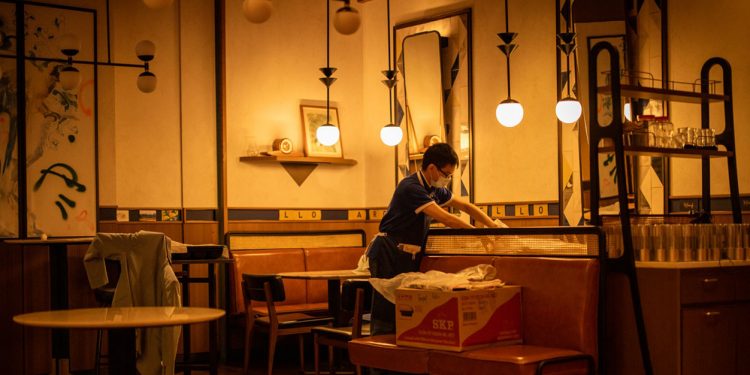Opened yesterday (16 April), a photographic exhibition in Singapore titled ‘Finding What’s Next’ explores the possible futures for individuals on the autism spectrum as they transition into adulthood. Featuring 12 individuals with autism spectrum disorder and their families, photographer and parent-advocate of children with autism Bob Lee unfolds their journeys through a series of intimate and touching images.
Located along the Esplanade Tunnel until 4 July, the exhibition is co-produced by two other parent-advocates of children with autism, writer-translator Lim Hwee Hwee and Founder of community group Friends of ASD Families Sun Meilan.
TheHomeGround Asia sat down with Mr Lee, parents whose children are featured in the exhibition, and St. Andrew’s Adult Home to gather their hopes and takeaways, even as they continue to search for ‘what’s next’ for these beautiful youth.
Nanda Kaur considers herself fortunate even though her son, Amit, was diagnosed with autism spectrum disorder (ASD) at the tender age of three.
Now 25, Amit works as a gardener at Edible Garden City. Every morning, he takes the bus to Queenstown MRT and makes a 15-minute walk to his workplace. After his day ends, he takes the same route back and has lunch at his favourite chicken rice stall before heading home.
Ms Kaur shares that Amit is able and willing to help out around the house. He changes the bedsheets, does the laundry, and helps put the laundry away.
“I’m blessed that Amit can do a lot of things on his own,” Mrs Kaur says. But things have not always been smooth sailing.
“He used to do all this banging, breaking things and all that,” she recounts. “I have [had the] TV broken; the whole thing cracked. And I had a glass display cabinet when [my children] were younger. Amit banged his head against it and the whole glass cracked. I was so worried.”
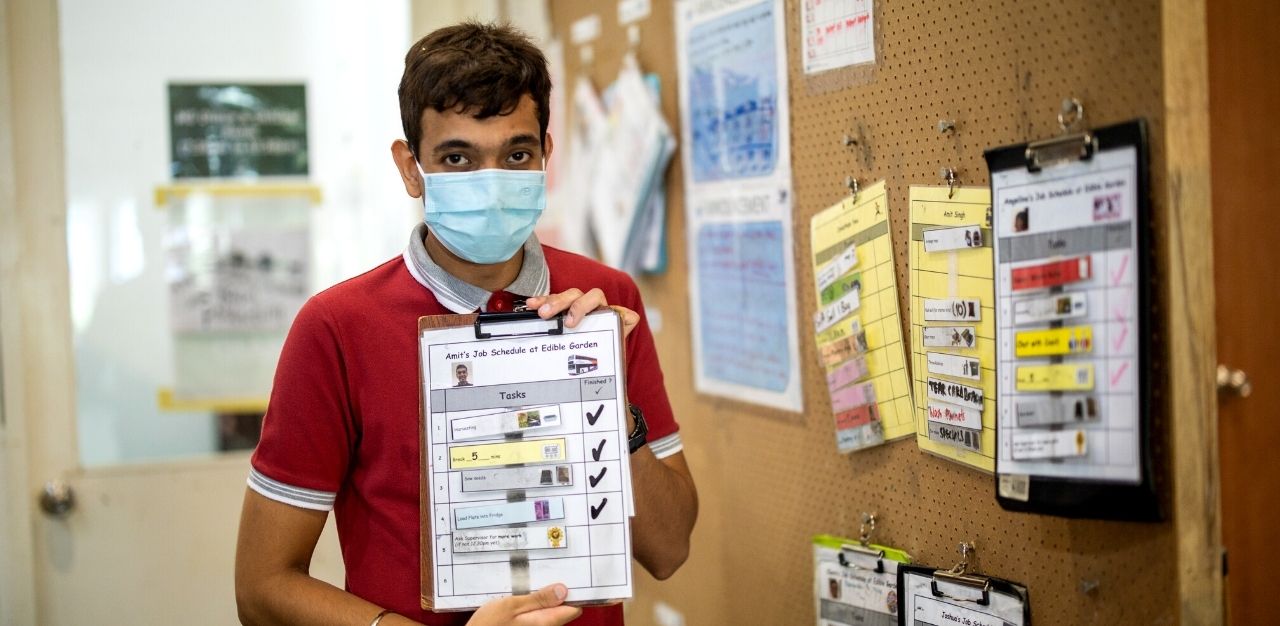
Amit also had issues communicating at a young age. Mrs Kaur shares her earlier concerns: “He was slow in everything… I was very worried, thinking what is going to happen in the future. Will he ever talk? Will I ever hear his voice calling me?”
Mrs Kaur is not alone in her worries. For many parents or caregivers of children with ASD, the future is an unknown variable, carrying with it equal parts worry, fear, and hope.
And while Mrs Kaur takes comfort in her son being employed and independent, Jessie Chew, mother of a 32-year-old daughter diagnosed with autism, finds peace of mind that her child is safe living at St. Andrew’s Adult Home (SAAH), a facility providing long-term residential care for adults with autism.
The dream of a mother living away from her daughter
Ms Chew’s daughter, Naralle, has a friendly and cheerful disposition, and always up for small talk, as well as making friends. And while these may seem like positive traits, Ms Chew says that Naralle’s propensity to wander and her lack of situational awareness makes her vulnerable if her friendliness attracts undesirable individuals.
“I have found that SAAH is the only place that is secure and safe for Narelle to reside in,” shares Ms Chew. “[It allows her] to make friends with like-minded individuals in a secure environment.”
In time, however, Ms Chew hopes that her daughter can return home: “She may become more mellowed, and we can bring her home to stay with us. That’s what I am looking forward to.”
Naralle and Amit’s stories are two of 12 narratives in Finding What’s Next, which showcases many possible futures for individuals with ASD after becoming adults.
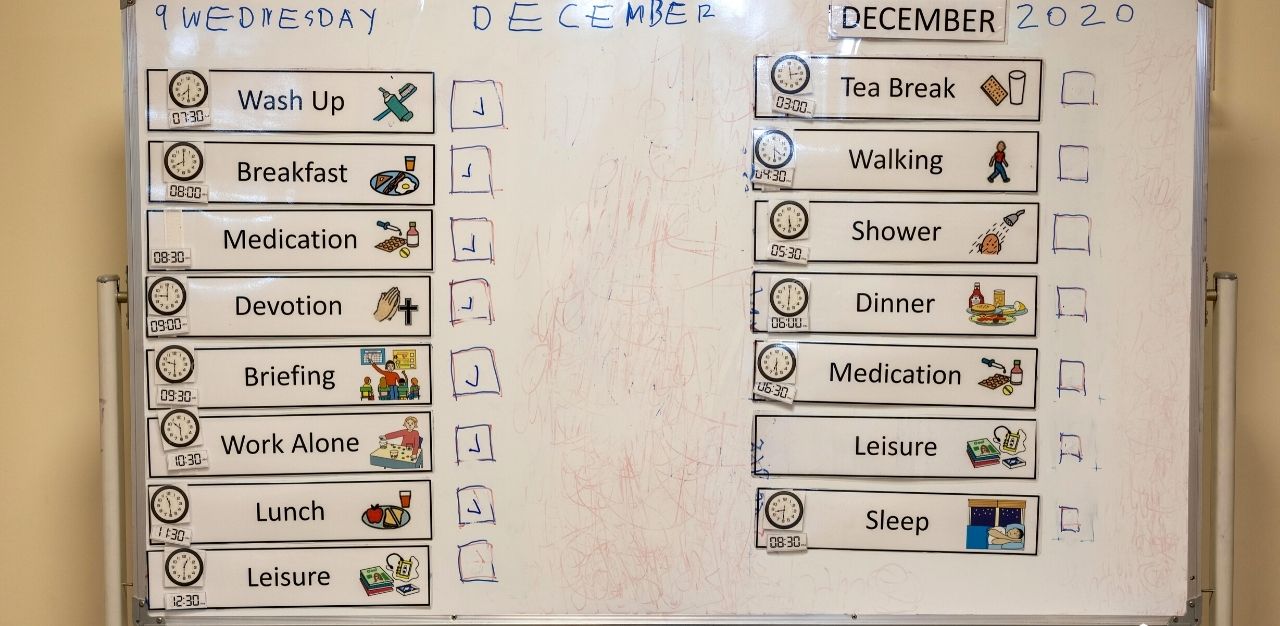
Turning 18 as an individual with ASD
For most, turning 18 is an occasion for celebration, a rite of passage to adulthood and independence. Typically, this brings with it a sense of anticipation for what lies ahead.
But for people with ASD, it is often accompanied by fear and worry. It is the age they leave the education system to face the world, which may not always be accommodating and welcoming to those who are different.
SPED (special education) schools in Singapore only cater to students under the age of 18. While some adults on the spectrum, like Amit, are able to find jobs and lead fairly independent lives, there are also some who are unable to join the workforce and have higher support needs, like Naralle.
Currently, there are seven autism-specific day activity centres (DAC), but demand far exceeds supply, according to an evaluation done in the Autism Enabling Masterplan. Alternatively, adults with autism can attend SAAH, which is the only full-time residential facility for this community in Singapore.
So where did adults with ASD go before SAAH was established in 2019, and if they were unable to get a place at DACs?
SAAH Resident Manager Eve Lee, who is also a psychologist by training, says that many of these individuals were either cared for at home, or if caregivers were unable to provide the support needed they were admitted to the Institute of Mental Health.
“A small pool of them may reside in disability homes,” she adds. “[But] this group is usually the milder ASD group.”
Bob Lee, the photographer behind Finding What’s Next and a father to a son on the spectrum, thinks that support for adults with autism is still lacking: “Today, more centres have early intervention and support… this part is taken care of. The lacking part is post-18.”
Besides an inadequate number of institutions that provide care for adults on the spectrum, Mr Lee thinks that training for employment is insufficient.
“If job coaches are not enough, then even if there are employers that are willing to take in [adults with ASD], they don’t have enough support… ,” he laments. “If there are more organisations doing it, that will be better.”
These concerns inspired Mr Lee to embark on this project. In the process, he had hoped that he would discover what his son, Jun Le’s future could look like.
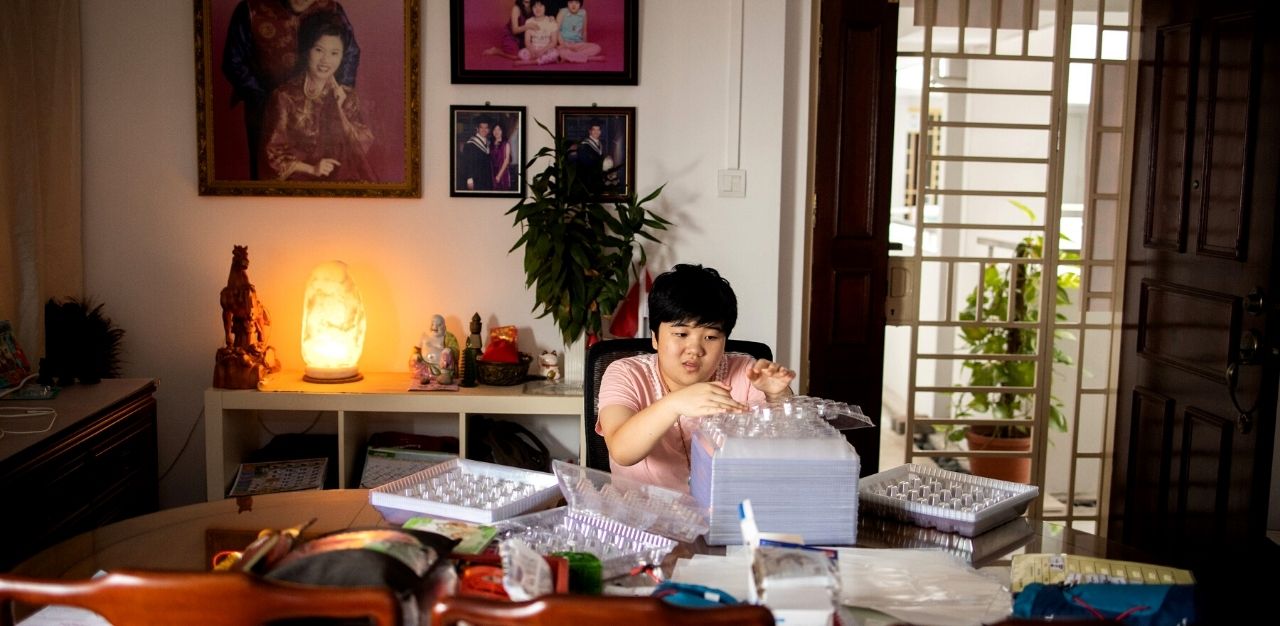
Seeking answers through the experiences of others
Jun Le turns 14 this year, and is going through vocational training at Pathlight School. The anticipation is that once he turns 18, he will be able to find a job that suits him, but this is not set in stone.
“14 to 18 is only four years apart,” says Mr Lee. “And we are not sure how many things we need to do to prepare him for work.”
Mr Lee explains that Jun Le’s expressive skills are still lacking, citing an example of how he got lost two weeks ago, but was unable to tell the lady who found him his parents’ phone numbers, as he was not asked.
“Communication is an issue because once you cannot communicate, the learning ability is also affected,” highlights Mr Lee. “These are things that we are still training him on, how to communicate to express his feelings, because it’s important in the future if he can find a place to work or in any activities that he participates in, he must learn how to communicate.”
The urgency to find an answer also arose due to a health scare in the family; Mr Lee’s wife, Lim Hwee Hwee, who is the co-producer and one of the writers for Finding What’s Next, was diagnosed with nasopharyngeal cancer in 2018.
“The day that he’ll [Jun Le] be alone can happen anytime,” rues Mr Lee. “That made us think that we should start to prepare for his future.”
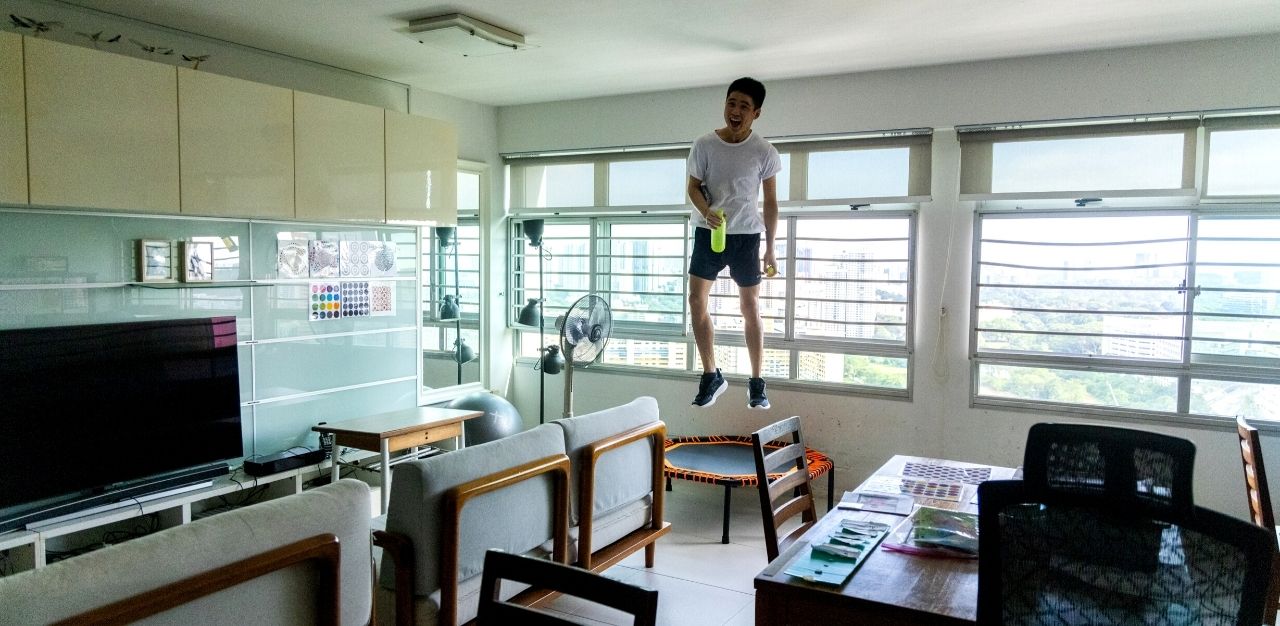
In speaking to various families during the creation of the exhibition, Mr Lee was assured that he and his wife, Ms Lim, were on the right track in preparing Jun Le for independence. While he has not found an answer for what is next in their family’s life, he is heartened by the stories he has heard. Beyond that, he wants the exhibition to educate and inspire audiences as well.
Inspiring families; educating the public
Through the personal narratives revealed in the exhibition, Mr Lee aims to prompt other families with children on the spectrum to start considering and planning for the future, whatever their child’s age. Eighteen years old, he warns, is never too far away.
He shares, “From our own experience, we know that we are busy every day with our own things. Taking care of kids with ASD, you don’t really have time to think so far. That’s what happened to us, until the [health] incident we have in our family [forced us to think about it].”
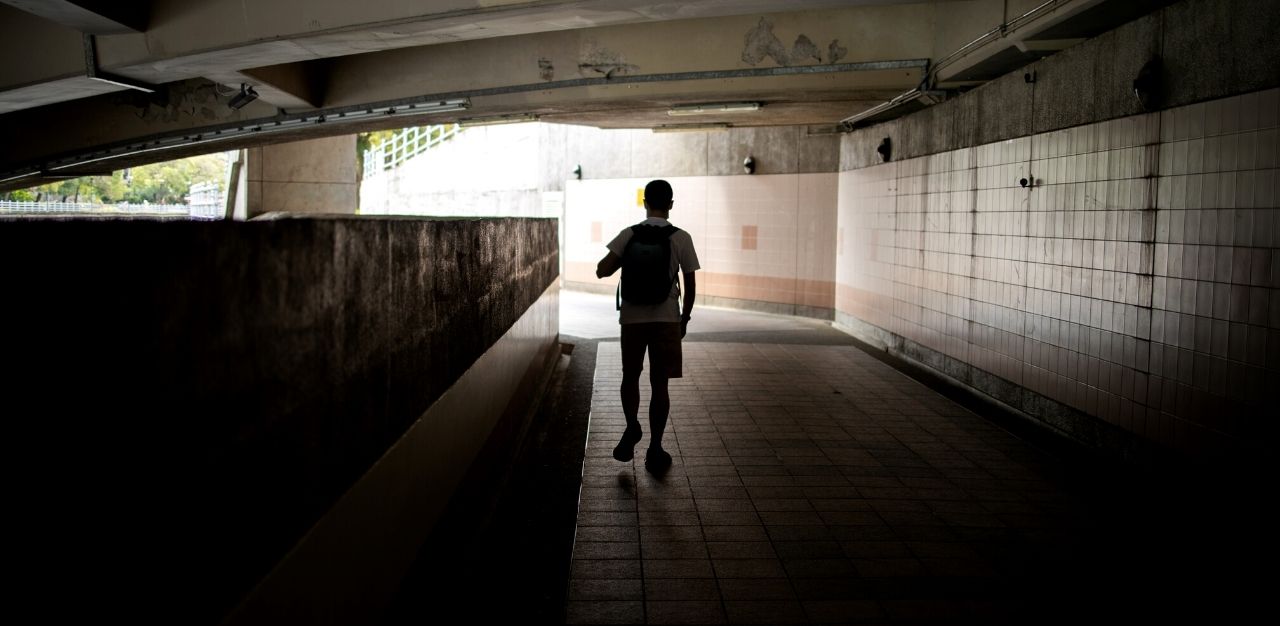
Besides reaching out to the ASD community and their families, Mr Lee wants the exhibition to create better public awareness and understanding of what it means to live with autism. In turn this could encourage them to extend a helping hand or even smile when they encounter people with ASD and show solidarity and kindness.
Naralle’s mother, Ms Chew, chimes in, “I hope the public will… be more accommodating and accepting towards persons with autism. There isn’t a need to shun away from them, nor be fearful towards them.”
Finding What’s Next is available for viewing all day at the Esplanade Tunnel until 4 July. Admission is free.
Join the conversations on THG’s Facebook and Instagram, and get the latest updates via Telegram.



